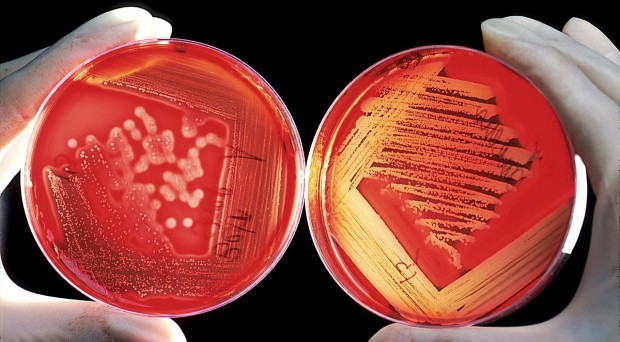
What is a cell line?
Cell lines are derived by taking a cell of specific origin and introducing mutations that enable it to divide indefinitely. These ‘immortalized’ cells can then be maintained in the lab, providing a convenient framework for studying fundamental biological processes. They also offer a platform for the preclinical testing of novel drugs.
Knowing the exact identity of a cell line is imperative when interpreting the results of an experiment. If you’re testing a drug against breast cancer, for example, then a lung cancer line won’t do.
However, making this distinction isn’t always as simple as peering down a microscope. Different cell types often have similar appearances, allowing an imposter to slip through the net with relative ease.
What’s the problem?
Cell line misidentification and cross-contamination are endemic in the biological research community.
Cell line misidentification and cross-contamination are endemic in the biological research community. Besides draining time, labor and money (lots of money), these issues can also yield data that is erroneous, artefactual or irreproducible.
The International Cell Line Authentication Committee (ICLAC) keeps a database of over 400 cell lines known to have issues with cross-contamination. In some cases, the intruding cells are derived from an entirely different species (pig cells appearing in human lines, or moth cells in mosquito ones). More worrying is the fact that over 90% of these entries have no evidence of ever having been authentic.
This can have far-reaching consequences for researchers, ranging from the mildly annoying – having to discard contaminated flasks – to the disastrous – calling the validity of older, sometimes even published, data into question.
There have been instances where a case of mistaken identity has compromised entire fields of research. RGC-5 was a cell line used in vision research for over a decade. While the line was believed by many groups – including its founders – to be derived from rat ganglionic cells, later work revealed them to be photoreceptor cells of mouse origin.
Given the vast biochemical differences between these cell types, this discovery threw shade on the huge body of work that had relied on RGC-5 cells up to that point. Cancer research is also susceptible to the confounding effects of cell line mix-ups, and some cancer journals now demand cell line authentication as a prerequisite to publication.
How does this happen?
Misidentification of a cell line can arise by various means. One issue – as in many areas of biology – lies with nomenclature. In many cases, a single cell line is known by several different names, or at least variations of the same one (3T3-Swiss Albino vs. 3T3 Swiss albino).
Even once a cell line has been authenticated, it may become contaminated during its lifetime in a lab.
This generates vast inconsistencies in the literature that can make it difficult to faithfully reproduce existing data. Accepting cell lines as ‘gifts’ from other laboratories exacerbates this issue considerably, and in fact some scientists have called for this practice to be scrapped altogether in favor of purchasing authenticated cell lines from dedicated providers.
Even once a cell line has been authenticated, it may become contaminated during its lifetime in a lab. While this is often attributable to poor culturing techniques, it can also be the consequence of handling different cell lines (and the sera used to grow them) under the same hood, or thawing them in the same water bath.
How can we solve it?
A certain degree of cross-contamination is the inevitable product of human error and the fact that many cell lines are – and, indeed, have to be – exceptionally good at growing. Nevertheless, reducing it to a level where it doesn’t impact on the overall quality of scientific output should be the common goal of all life scientists.
But how? The most reliable method for authentication is to look for genetic signatures – single nucleotide polymorphisms (SNPs) – that set each cell line apart from every other. As the cost of SNP genotyping falls and user-friendly ‘DIY’ kits enter the market, this is becoming an increasingly viable option.
However, as some authors point out, there’s also a need for a shift in the collective consciousness of the biological research community. It’s not known how many labs adopt rigorous protocols for authenticating and preserving their cell lines today, but a survey from 2004 indicated that it might be as few as 1 in 3. Even with increasing awareness of the problem, it will take considerable time for these practices to filter down to grass roots.
- Mix-up mayhem: cell line contamination in biological research - 22nd March 2016
One Comment